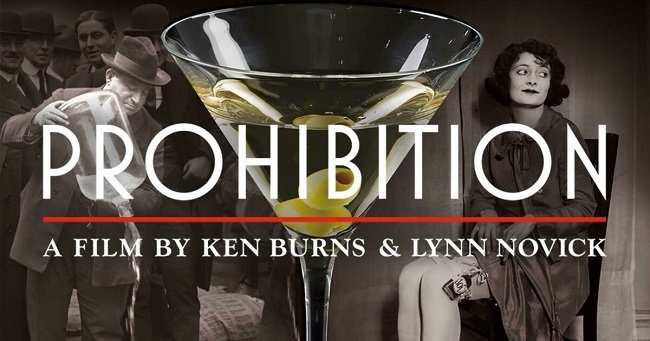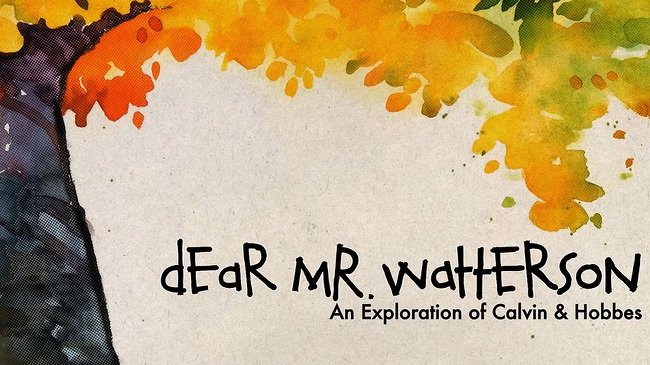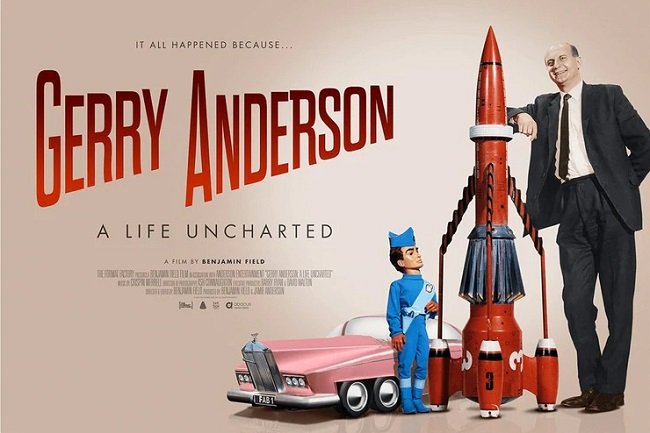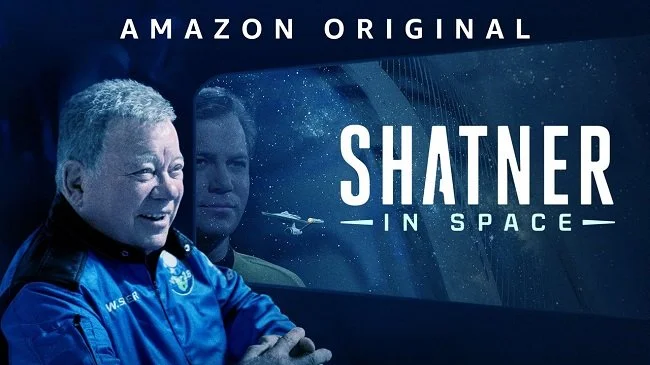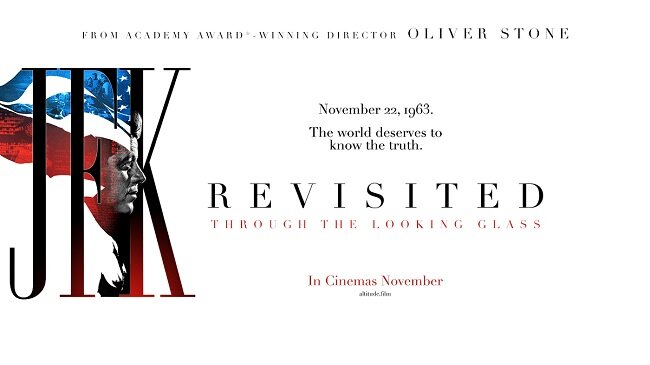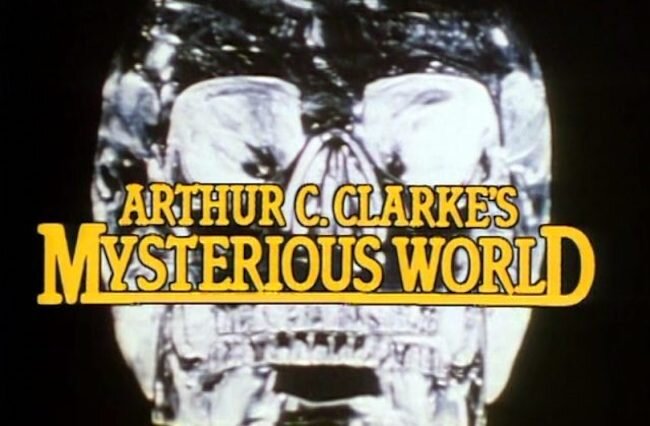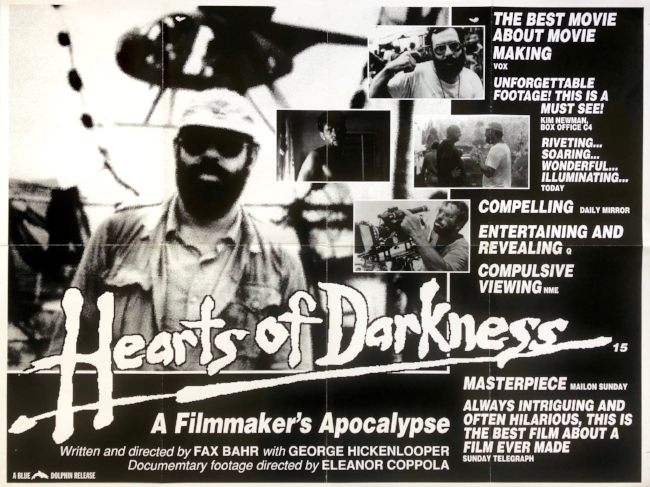Side by Side (2012)
Keanu Reeves both presents and produces the intelligent and compelling documentary Side by Side, offering a very interesting insight into the changing world of film. The production discusses with over forty directors, cinematographers, editors, producers and technical innovators, the rapid replacement of traditional photochemical film with digital technology. It's a story of science versus art and emotion. How the practitioners of traditional methods are coping with the reality of change and it is a seismic change. It impacts upon the way films are made and by whom, how they're perceived, produced, exhibited, experienced and preserved. Side by Side explores whether the democratisation of film making will destroy the art of cinema or release it.
Virtually every major talent in contemporary film making is here. From digital pioneers and zealots, such as James Cameron and Danny Boyle to stalwart traditionalists like Christopher Nolan and his resident director of photography Wally Pfister. Passions runs high and the language is strong at times. Mr Pfister firmly states “I’m not going to trade my oil paints for a set of crayons.” Other opinions range from embracing the inevitable to welcoming a new challenge. In accordance with the documentary's title, the proceedings are fairly even handed and balanced. Side by Side also gives a great insight into each individual artists relationship with film, some of which are quite surprising. I even went so far as to revise my opinion of George Lucas after he was given an opportunity to speak freely.
The technical nature of the underlying discussion does make this a niche market documentary. Yet it is very compelling all the same, providing a very pertinent view into an evolving industry. It also reaches positive conclusions about the future of film making and that the medium is not destined to collapse due to the sheer volume of mediocre amateur productions. Quality, ability and raw talent will simply adapt to the new tools and rise to the top. However, it is acknowledged that the ongoing change will continue to have some negative impacts. The digital era in providing new methods of product delivery does lead to the diminishing of older ways. There is an air of sadness and loss for the old days, when cinema was a far more communal and shared experience.
I first watched Side by Side in 2012 upon it's initial release. Brian and I also discussed it at length on the Contains Moderate Peril podcast. Five years on, after a second viewing and a little further research, it would appear that all the predictions made in the documentary have come true. The majority of all cinema releases are shot digitally and photochemical film is usually only used if the cost can be justified. Event movies such a Tarantino's The Hateful Eight, which was shot using theUltra Panavision 70, being a prime example. As far as cinema projection goes, this too is now predominantly digital. Although convenience is a major factor, automation has resulted in a loss of technical understanding. I have on several occassions watched film shown in the wrong aspect ratio. As a result Side by Side can now be seen not so much as a phrophetic documentary but more as a historical dissertation.


